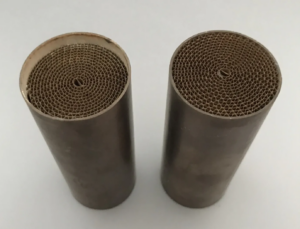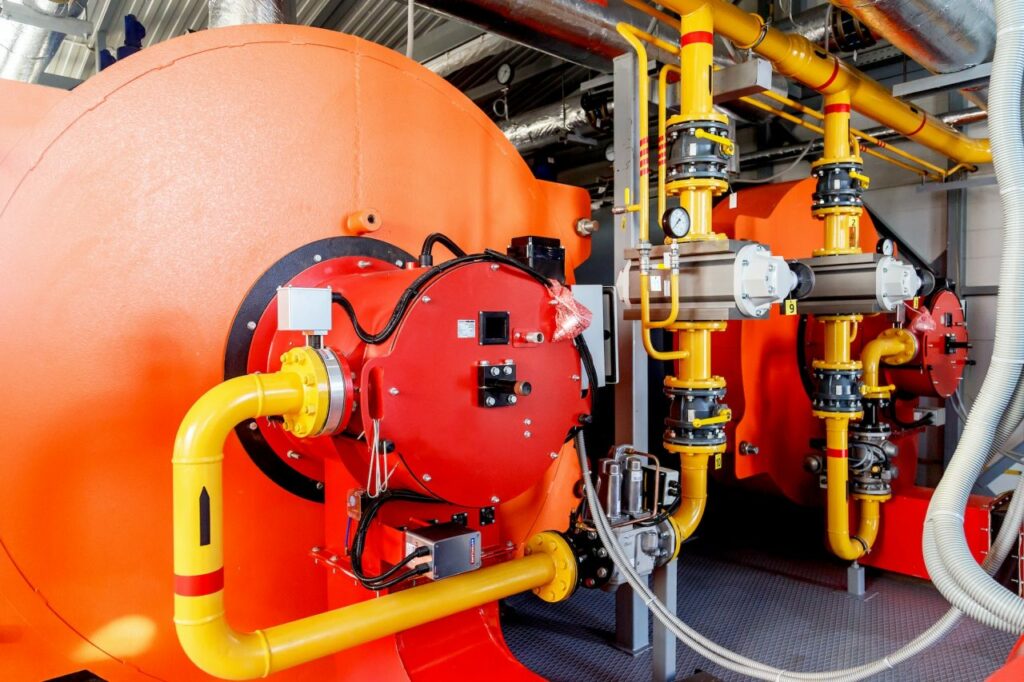Catalytic converters are a staple of modern vehicles, but a common question lingers:Are catalytic converters on all cars? The answer is mostly yes, but there are exceptions, shaped by vehicle age, fuel type, and design. Hualian Catalyst collaborates with automotive catalyst manufacturers worldwide to produce auto exhaust catalyst products for most vehicles, and it has seen how regulations and technology influence their presence. Let’s explore which cars have converters, which don’t, and why this matters.

Table of Contents
ToggleCars That Do Have Converters
Nearly all gasoline and diesel cars manufactured since the 1970s come equipped with a catalytic converter. This includes passenger cars, SUVs, trucks, motorcycles, and even some off-road equipment. These vehicles rely on an auto exhaust catalyst to reduce emissions of carbon monoxide, hydrocarbons, and nitrogen oxides—pollutants that harm air quality and human health. Regulations like Euro III to VI mandate strict limits on these emissions, making a converter essential. Automotive catalyst manufacturers, including us at Hualian Catalyst, produce converters tailored to different engine types: our products for gasoline engines focus on three-way catalysis, while diesel converters (like DOCs) target soot and particulates. This specialization ensures each vehicle can meet its specific emission standards.
Exceptions to the Rule
There are a few types of cars without catalytic converters. Electric cars, which run on batteries and have no exhaust system, have no need for one—their zero tailpipe emissions make converters unnecessary. Very old cars, manufactured before the 1970s (when converters became mandatory in most countries), also lack them. However, many regions now require retrofitting these classics with an auto exhaust catalyst to meet modern standards, a service we often support. Finally, some racing or off-road vehicles designed for closed courses may omit converters, but these are not street-legal and can’t be driven on public roads.
Why Most Cars Need Converters
Regulations are the primary driver behind the widespread use of catalytic converters. Governments worldwide have implemented strict emission laws to combat air pollution, and an auto exhaust catalyst is the most effective way to meet these standards. Over the years, automotive catalyst manufacturers have innovated to make converters more efficient: our products today reduce emissions by up to 90% compared to unregulated vehicles, a feat recognized by the 50+ industry awards our products have received. Beyond compliance, converters also improve engine efficiency by optimizing exhaust flow, making them a win-win for performance and the environment.
The Future of Converters
As emission standards tighten (like Euro VI and beyond), catalytic converters will remain essential for non-electric vehicles. Even hybrid cars, which combine electric and gasoline power, rely on converters for their internal combustion engines. Hualian Catalyst continues to refine its auto exhaust catalyst technology, ensuring they’re lighter, more durable, and better at reducing emissions—proof that converters will play a role in transportation for decades to come.
Conclusion
Catalytic converters are standard on nearly all modern cars, with exceptions like electric vehicles and very old models. As automotive catalyst manufacturers, Hualian Catalyst provides reliable auto exhaust catalyst products to help most vehicles meet emission standards. Whether you drive a sedan, truck, or motorcycle, a quality converter is key to clean, compliant, and efficient operation.


